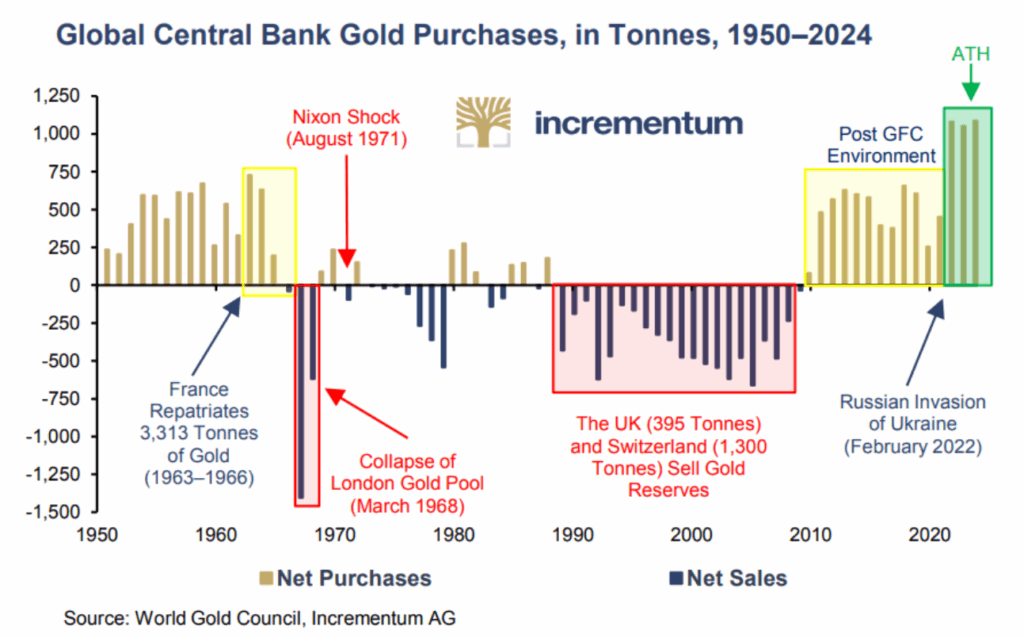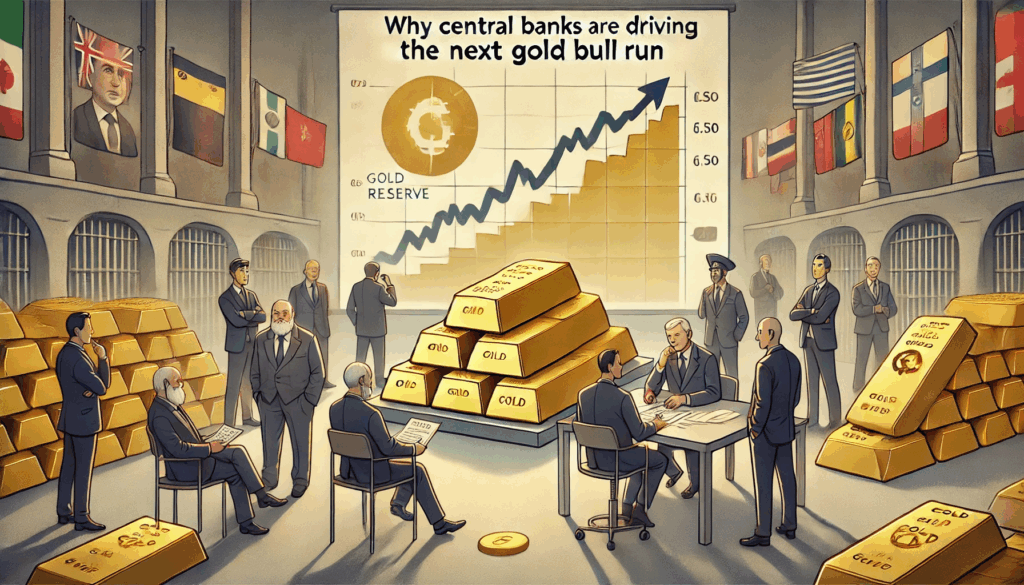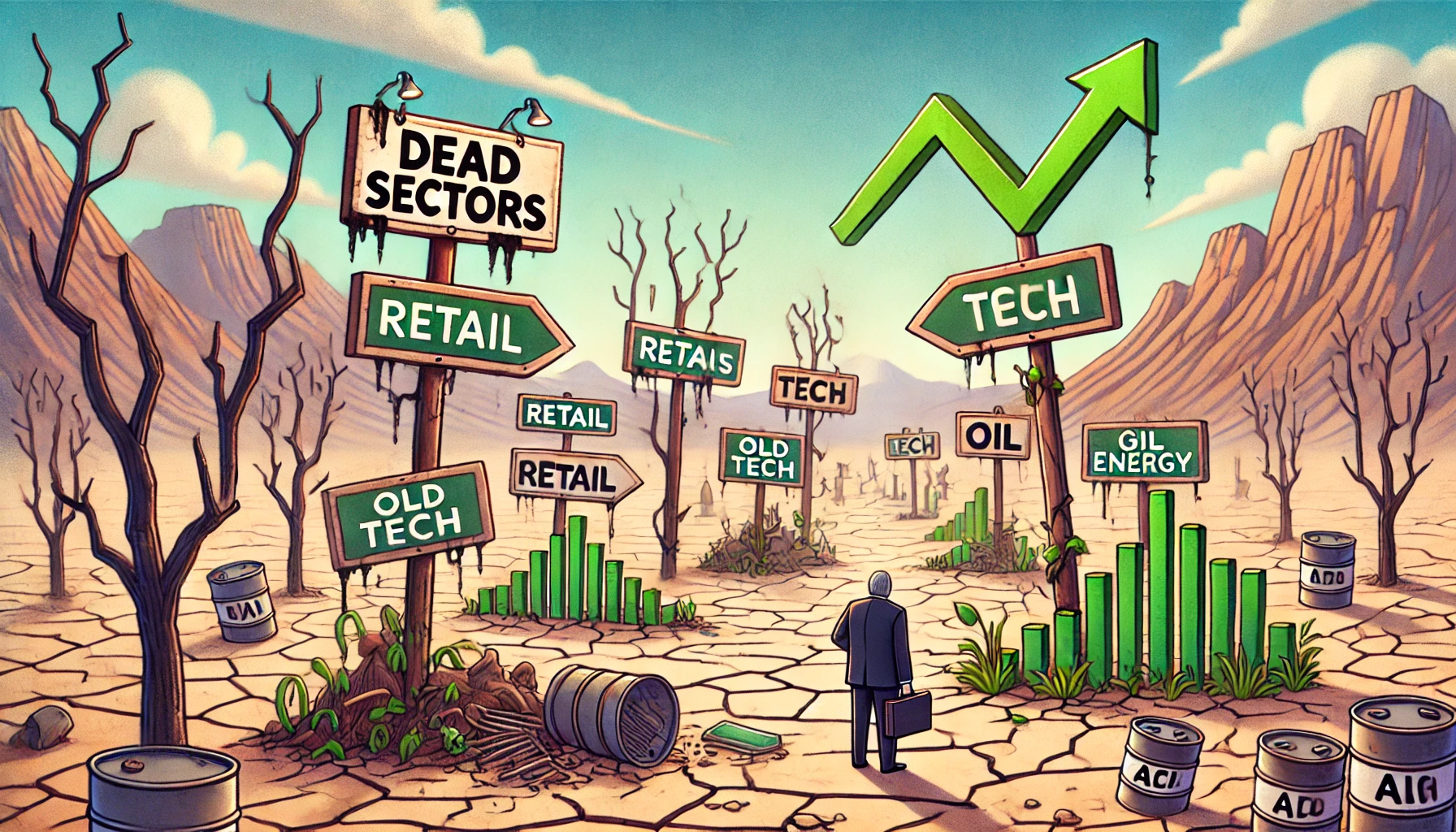Why Central Banks Are Buying So Much Gold
For the first time in decades, central banks around the world are purchasing gold in significant quantities.

A new report from the World Gold Council highlights a major increase in gold purchases, indicating a substantial shift in how central banks manage their reserves.
From Buying to Selling and Back Again
In the 1950s, central banks typically bought between 500 to 700 tonnes of gold each year. However, in the 1960s, they stopped buying and began selling. This trend continued for years. Even after the U.S. dollar was unpegged from gold in 1971, there was little interest in increasing gold reserves. During the 1990s and early 2000s, countries like the UK and Switzerland sold off large amounts of gold, which drove prices down for an extended period.
The Turning Point in 1999
Everything began to change in 1999 when central banks agreed to limit how much gold they could sell over a five-year period. This agreement brought some stability back to the market. As a result, gold prices began to rise slowly. In 1999, gold was priced at around $250 per ounce, significantly lower than today’s levels.
The Global Financial Crisis Changed Everything
Following the 2008 financial crisis, central banks began to view gold differently. With the financial system heavily in debt, gold presented a safer alternative. From 2008 to 2020, central banks purchased approximately 500 tonnes of gold each year. This steady demand supported gold prices for over a decade.
Russia, Ukraine, and the Fear of Seized Assets
A major shift occurred in 2022 when Russia invaded Ukraine. In response, Western countries froze Russia’s dollar-based assets, sending a clear warning to other central banks that their own reserves could be at risk as well. Consequently, gold buying doubled. Over the last three years, central banks have been acquiring nearly 1,000 tonnes of gold annually—double the average of prior years.
More Demand, Same Supply
The global gold production stands at about 3,000 tonnes per year, while China and India alone consume around 1,800 tonnes. Currently, central banks are buying 1,000 tonnes. However, gold production has not increased and has remained flat for seven years. This means that a greater number of buyers are competing for the same amount of gold, driving prices upward.
Gold Sales Are Slowing Down in India
In India, jewellers have noticed a change in behavior among gold sellers. When gold prices reached ₹75,000 to ₹80,000, many individuals sold their holdings. Now, even as prices climb to ₹100,000, fewer people are willing to sell. Most of the selling has already taken place, and long-term holders are choosing to remain invested.
What Comes Next
According to a recent survey of 73 central banks conducted by the World Gold Council, this trend of increased gold buying is expected to continue. As more banks look to reduce their reliance on fiat currency by acquiring gold, prices may keep rising for years to come.
Have you ever considered how much gold central banks truly hold? Share your thoughts in the comments below! If you found this blog helpful, don’t forget to SHARE it with your friends!










